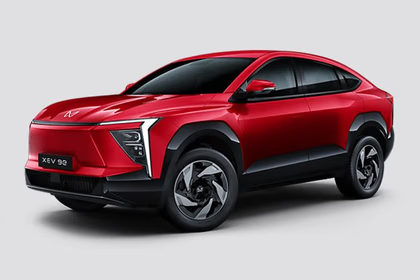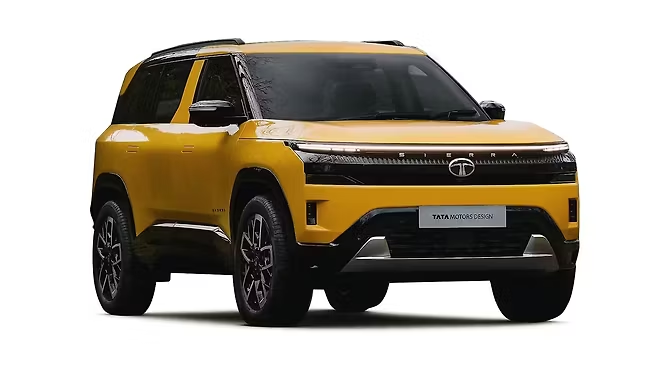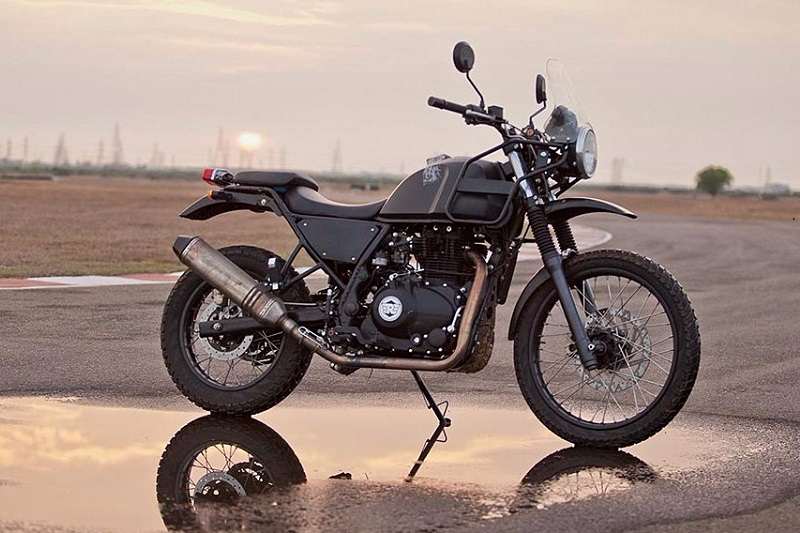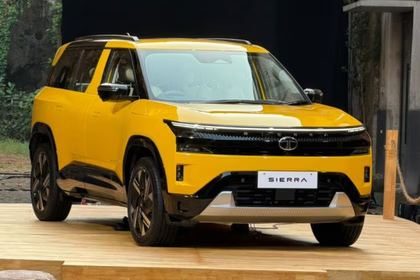Introduction
India’s e-mobility revolution is gaining pace at a furious clip, and at the centre of this revolution is the unassuming yet potent E-Rickshaw. With urban traffic, pollution issues, and fuel prices all soaring higher by the day, the E-Rickshaw has become a clever, eco-friendly, and economical answer to last-mile connectivity. Whether carrying commuters on congested city streets or goods in semi-urban and rural regions, these three-wheelers are proving invaluable to India’s transportation ecosystem in 2025.
E-Rickshaws have improved technology and batteries, and with government support, these days, they are much more efficient and trustworthy than they ever were a few years back. With all these available on the market, however, it can be bewildering to know which one to choose. Here, we compare the best 5 E-Rickshaws of 2025 on fundamental parameters such as range per charge, battery type, charging time, and on-road price. So you know what to choose, whether you’re a regular driver, a fleet operator, or a city entrepreneur.
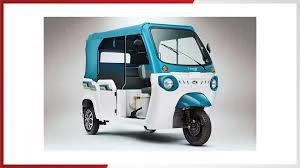
When Buying an E-Rickshaw in 2025: Considerable Key Factors
E-Rickshaw in 2025 isn’t just about picking the cheapest model.
Here are the key points to evaluate:
- Battery Type: Choose conventional lead-acid batteries or lithium-ion batteries.
- Charging Time & Compatibility: Find out how quickly the rickshaw charges and if it can fit into regular household sockets or requires specialised EV infrastructure.
- Range per Charge: Always compare under-load and traffic range to the manufacturer-claimed range.
- Payload Capacity & Build Quality: Check if the model can carry daily passenger loads or goods, and is sturdy enough for bad roads.
- Government Subsidies & Registration Norms: Verify FAME II subsidy benefits, state subsidies, and RTO registration requirements.
- After-Sales Support & Maintenance: I like brands with a strong service network, ready availability of spares, and good after-sales support.
Top 5 E-Rickshaws in 2025 – Full Comparison
The ideal E-Rickshaw in 2025 can be daunting, with hundreds of models flooding the Indian market. To make your choice easier, here are the top five options based on actual-world performance, range, battery, charging details, prices, and selling points.
A leader in the electric three-wheeler segment, the Mahindra Treo provides great range, smooth performance, and the presence of a mass-market auto brand’s reliability.
- Range: 50 km (real-world) / 167 km (ARAI certified)
- Battery: Lithium-ion, 48 V, 10.24 kWh
- Charging Time: ~4h 20m (±10m) full charge
- Price: Rs 2.80–3.28 lakh (ex-showroom, FAME II)
- USP: Ideal for fleet and commercial users, owing to sturdy build quality and frugal running costs.
A very familiar sight across Northern India, the Yatri Super is a no-nonsense e-rickshaw that offers great value for money. Daily wage workers and small business owners trust it.
- Range: 75–90 km per charge
- Battery: 48 V 41.7 Ah lithium-ion (~2 kWh effective)
- Charging Time: Approximately 4–7 hours (commonly 5–7 hrs)
- Price: Rs 1.69–1.73 lakh
- USP: Cost-effective with high market visibility in urban and semi-urban segments.
India’s most renowned commercial vehicle manufacturer, the Ape E-City FX, is a premium product built for utmost comfort and low maintenance.
- Range: 145–150 km per charge
- Battery: 8 kWh lithium-ion (51.2 V)
- Charging Time: ~3.5 hours
- Price: Rs 3.25–3.30 lakh ex‑showroom (Delhi, incl. FAME‑II subsidy)
- USP: High-end fit and finish with level ride quality; well-suited for passengers and fleet adoption.
Mayuri has years of experience in the Indian E-Rickshaw segment, and the Pro model offers flexibility and affordability under a single package.
- Range: 80 km on a full charge under standard conditions
- Battery: 48 V lithium-ion pack (controller rated 50 A)
- Charging Time: 6–8 hours (lead-acid), ~4 hours (Li-ion)
- Price: Rs 2.50 lakh (ex-showroom)
- USP: Ideal for first-time buyers with one of the largest service networks available in India.
Built for short journeys and city runs, the DLX is a no-frills workhorse that does it all at the minimum running cost.
- Range: 120 km per full charge
- Battery: 60 V, 135 Ah lithium-ion pack (~8.1 kWh)
- Charging Time: 4–5 hours for a full charge using the standard onboard charger
- Price: Rs 0.90–1.00 lakh ex-showroom
- USP: Suited for low-investment players with short-distance passenger operations. With dozens of models swamping the Indian market, picking the perfect E-Rickshaw in 2025 is overwhelming. To ease your decision, here’s a detailed comparison of the top 5 candidates based on real-life performance, range, battery, charging details, price, and special features.
Head-to-Head Comparison Table
| Model | Range (km) | Battery | Charging Time | Price (Rs lakh) | Best For |
| Mahindra Treo | 50 km | Lithium-ion, 48 V, 10.24 kWh | ~4h 20m | Rs 2.80–3.28 lakh | Commercial fleets |
| YC Yatri Super | 75–90 km | 48 V 41.7 Ah lithium-ion | 4–7 hours | Rs 1.69–1.73 lakh | Budget buyers |
| Piaggio Ape FX | 145–150 km | 8 kWh lithium‑ion | ~3.5 hours | Rs 3.25–3.30 lakh | Premium last-mile |
| Saera Mayuri Pro | 80 km | 48 V lithium-ion pack | ~4 hours | Rs 2.50 lakh | Affordable ops |
| Dilli E-Rickshaw | 120 km | 60 V, 135 Ah lithium-ion pack | 4–5 hours | Rs 0.90–1.00 lakh | Inner-city rides |
Which One Should You Buy in 2025?
The E-Rickshaw in 2025 depends entirely on your usage pattern, budget, and local infrastructure. It’s ideal for fleet operators and urban routes where uptime and battery life matter most.
The YC Electric Yatri Super is still a contender. It is a dependable performer at an entry cost, particularly if you don’t immediately require a lithium-ion battery.
When charging speed and high-end comfort are your main concerns—perhaps for metro city operations—the Piaggio Ape E-City FX is a high-speed charger with a comfortable ride ideal for passenger satisfaction.
The Saera Mayuri Pro is the ideal e-rickshaw for those who require flexibility in battery choice and easy access to spare parts. It’s appropriate for small towns or operators who demand a compromise between price and coverage.
Last but not least, if your operation is confined to small city areas or rural agglomerations and you desire ultra-low operating expense, the Dilli Electric Rickshaw DLX provides good mileage for routine use without consuming your pocket.
- Low cost, plain operation → YC Yatri Super or Dilli DLX
- High daily mileage & brand reputation → Mahindra Treo
- Comfort & quick charging → Piaggio Ape FX
- Low cost with adaptability in battery selection → Saera Mayuri Pro
- It best suits your route, load, and charging facilities.
Final Thoughts
E-Rickshaws in 2025 are now efficient, powerful, and economically sound vehicles, transforming India’s last-mile mobility. With the growing competition among manufacturers, improved battery technologies, and more extensive charging networks, customers now have greater options than ever. Government subsidies through FAME II and incentives at the state level further fuelled adoption, turning electric three-wheelers into not only environmentally friendly but also cost-saving solutions.
The proper E-Rickshaw for you hinges solely on your particular requirements—be it optimising ROI for daily commercial usage, getting quick charging support for restrictive schedules, or selecting a model that offers good local service backup. In a booming market, proper research before purchase can result in several years of stable and profitable performance.
FAQs
Q1. Can I have a fast charger at home for my e-rickshaw?
E-Rickshaws are charged using a general 220V home socket. But suppose your model has fast charging capability with lithium-ion batteries. In that case, you can fit a suitable fast charger at home with proper electrical arrangements and approval from your local DISCOM.
Q2. Which battery has a longer life, lead-acid or lithium-ion?
Lithium-ion batteries also have a much longer lifespan compared to lead-acid batteries. A lithium-ion battery can provide a lifespan of up to 5–6 years with maintenance, whereas lead-acid has a life of 1.5–2 years and needs regular replacement.
Q3. Are all e-rickshaws required to be RTO registered in 2025?
Yes, with effect from 2025, the majority of E-Rickshaws—particularly those plying as passenger carriers—must be registered under RTO, possess vehicle insurance, and hold a valid driving license. Only low-speed, non-commercial models might be exempt in some states.
Q4. What is the FAME 2 subsidy amount for e-rickshaws?
E-Rickshaws that qualify under FAME II can get a maximum subsidy of Rs 50,000–Rs 60,000 based on battery capacity and adherence to scheme norms. State-specific subsidies could include additional benefits.
Q5. Are commercial buyers given financing?
Yes, several NBFCs, cooperative banks, and even car companies provide EMI-based financing schemes for E-Rickshaws. Several models also have down payment support and loan facilities specifically designed for first-time commercial buyers.

